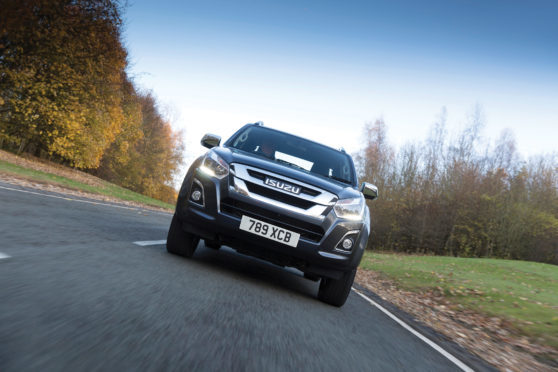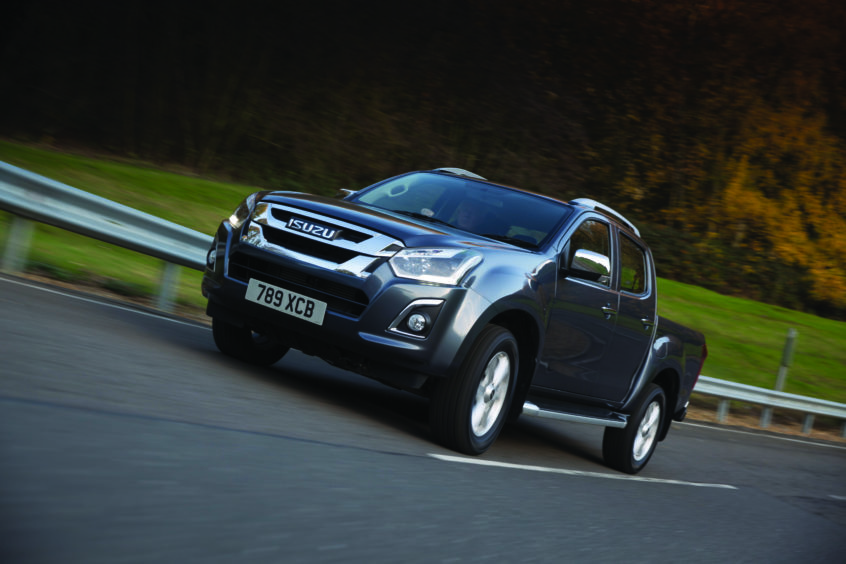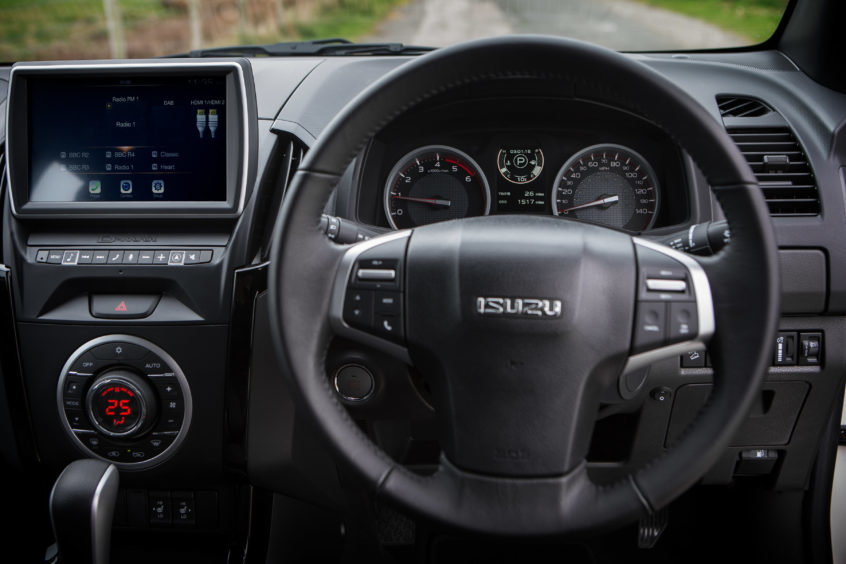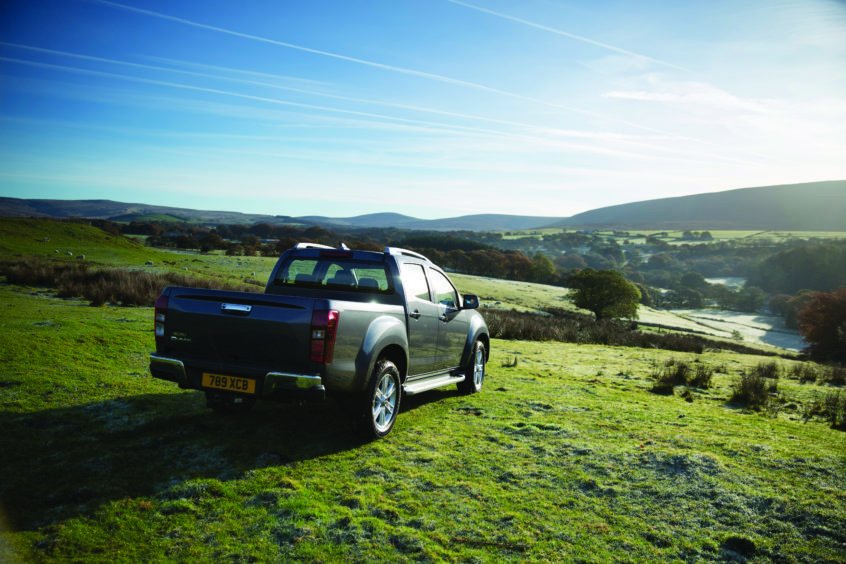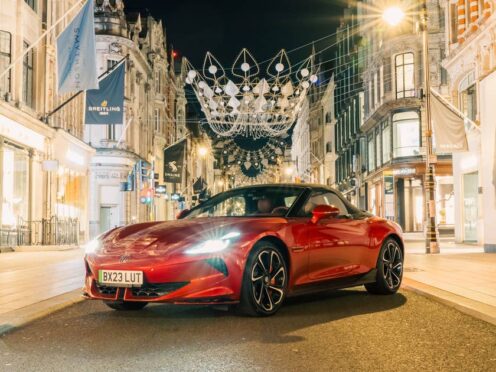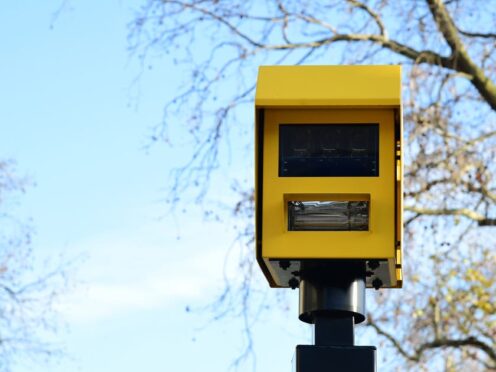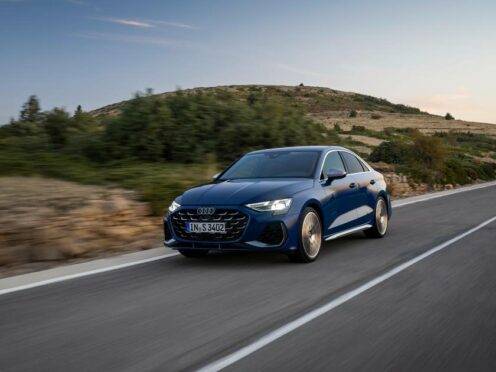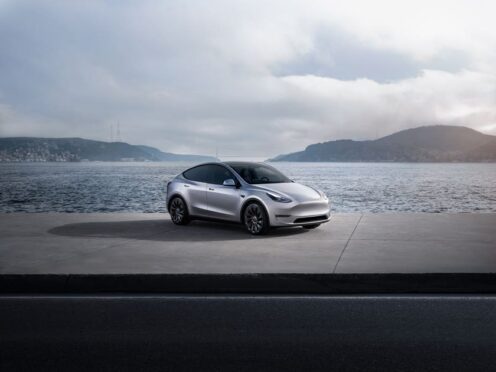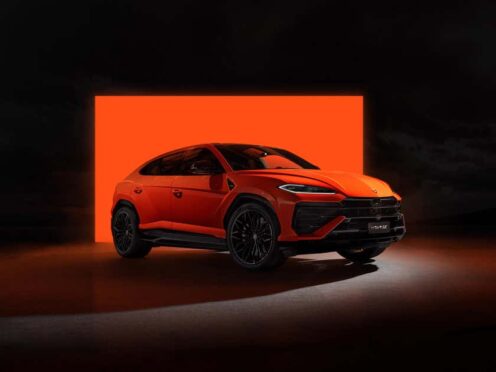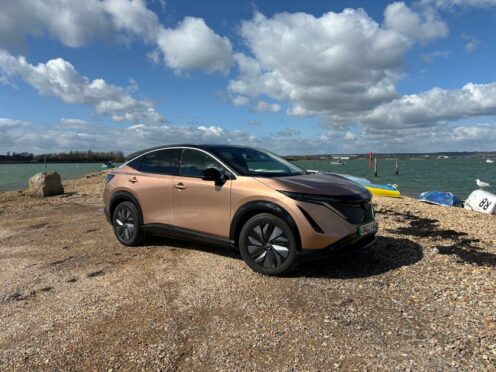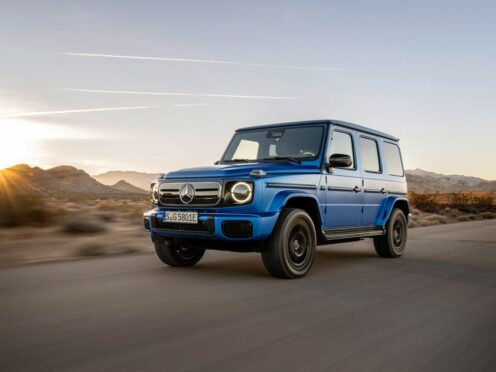It’s a rare treat here at The Courier’s motoring desk when the keys to a pickup truck arrive.
Don’t get me wrong – hatchbacks, convertibles, sports cars and SUVs are all fun and I enjoy the variety – but there’s something special about a pickup. They look great, in that rugged American way, and they make you feel king of the road.
Most of the pickups that come my way are aimed at “lifestyle” customers – those who are more likely to throw some mountain bikes in the back than a pile of plumbing equipment of a few bales of hay. Pickups like the Volkswagen Amarok and Ford Ranger have tried to please these buyers with improved ride quality and comfort.
The Isuzu D-Max is a truck that’s more squarely aimed at those who use their pickup as a work tool. It’s rough, rugged and feels so solidly built it’s almost challenging you to try and exceed its limitations.
The D-Max was refreshed last year, with the old 2.5 litre diesel being replaced by a more efficient 1.9 litre engine. That’s improved economy – at 36mpg it’s more parsimonious with fuel than most of its opposition.
Acceleration is on the sluggish side – tellingly Isuzu don’t quote a 0-62mph time for the D-Max – but the engine has plenty of low down power and is well capable of pulling a heavy load.
The D-Max range is split into two – the Utility range consisting of four predominantly workhorse models, mainly distinguished by their bodystyles – a two- and four-wheel drive single cab, an extended cab and a double cab variants.
Those looking for a touch more comfort and convenience have the Premium range to choose from, which includes the Eiger, Yukon, Utah and Blade – all of which are only available as a double cab, apart from the Yukon which can be had as an extended cab too.
I drove the range topping Blade version, which has luxuries including leather upholstery and heated seats. There’s also a touch screen monitor. Although the menu system’s a bit tricky to navigate the buttons are nice and big so a gloved builder can touch them on the move.
Prices start at under £16,000 (ex-VAT), making it a good value proposition. Even my range topping model carried a relatively modest £28,000 price tag.
Anyone who’s driven an Amarok or a Ranger will be disappointed on a long distance drive. The D-Max is not a comfortable cruiser. The suspension’s a bit bouncy (although it improves if there’s a load in the back) and the engine’s noisy.
But then it’s a pickup and it does what it’s designed for well. The four-wheel drive system’s good enough to get across the most inhospitable terrain, it’ll tow almost anything, and it feels like it’ll never break down.
Vital stats:
Price:
£27,999.
0-62mph:
N/A.
Top speed:
112mph.
Economy:
36.2mpg
CO2 emissions:
205g/km
